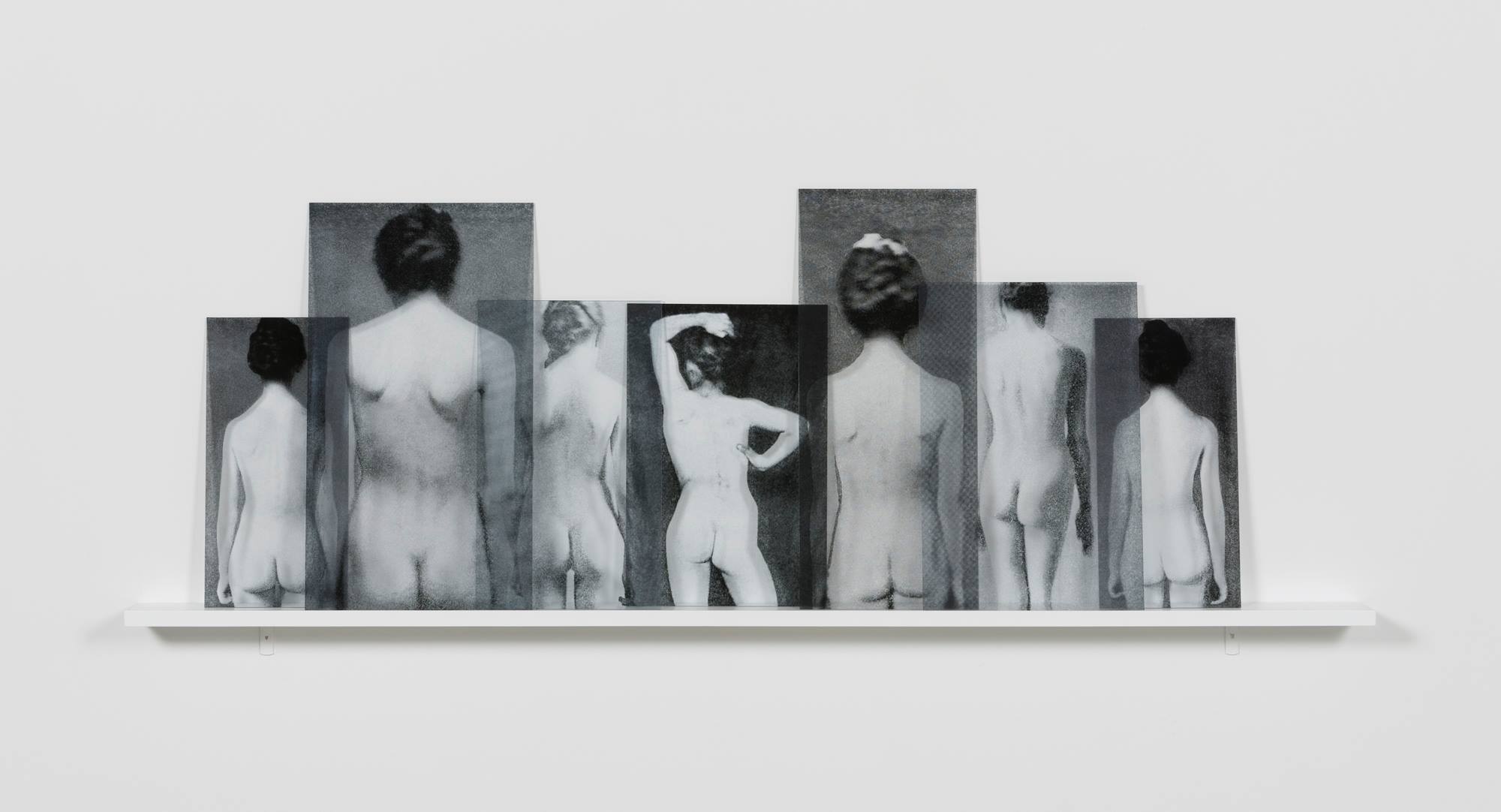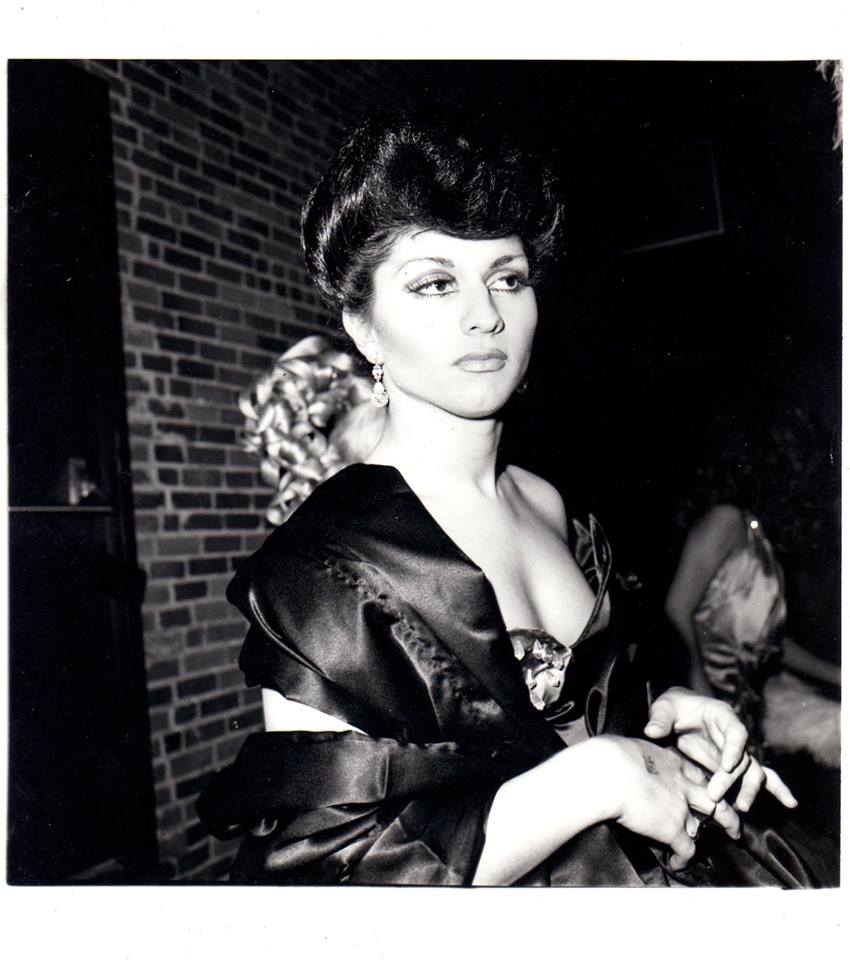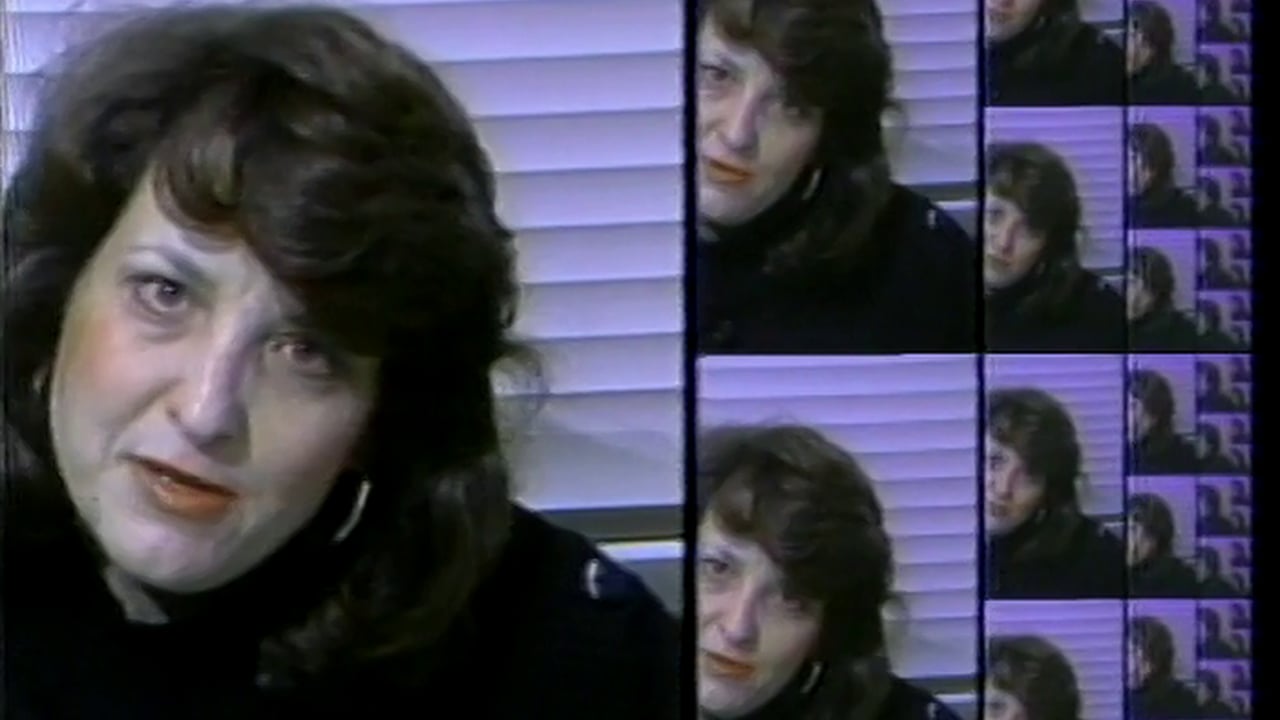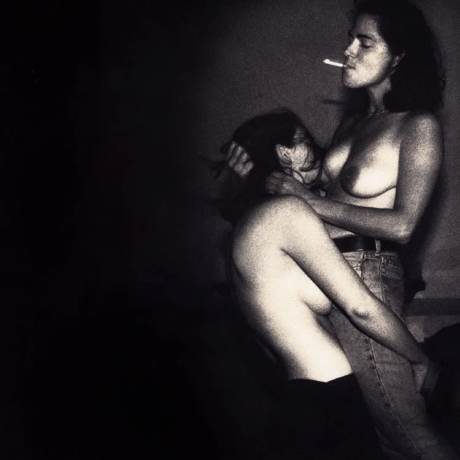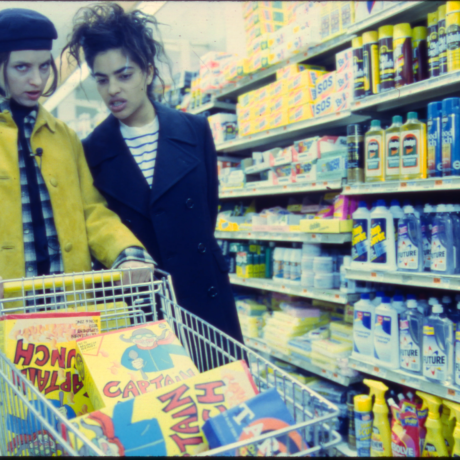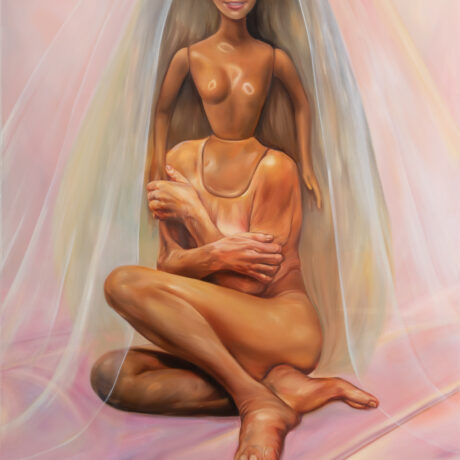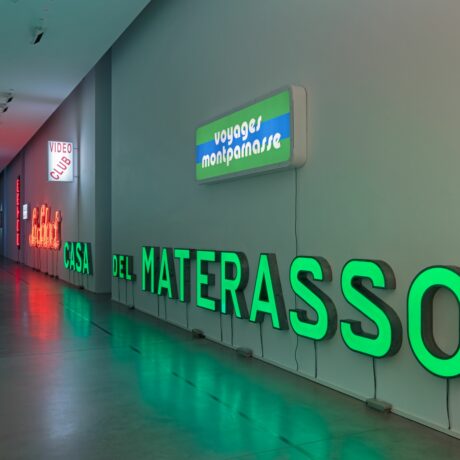Sex doesn’t sell, feminism does. At least, this is the feeling you get at Artissima 2016.
I thought about this as I stood staring at a rising phallus of foam (a kinetic sculpture by David Medalla). Usually, at art fairs, you encounter many phalluses. Paris Internationale was full of them, swinging from the ceilings and protruding from podiums. It all makes sense within the masculine architecture of the art fair.
Turin is a masculine city. The gender divide is embedded in the culture and history of its industry and independence—and this is, after all, the country of mammoni, machismo and matriarchy. This setting is ripe for discussing the position of women.
Many galleries brought images of women by women to Artissima—and they were almost all images by feminist artists, reflecting a radical transformation in how we look at women and the kinds of images that women make of themselves and others, from the 20th century to now.
A proliferation of galleries looked to the icons of 1960s and 1970s, the period that really defined feminist art and still has a huge influence: among them, four photographs documenting VALIE EXPORT’s iconic Touch Cinema (TAPP und TASTKINO) presented at Viennese gallery Charmin. For the iconic performance—recently imitated in Europe by Milo Moiré—the artist strapped a mini-movie theatre to her bare breasts and invited passersby to reach in and fondle her. Interactive art has never lived up to it since.
Other major figures from the recent past that have impacted on female image making include Renate Bertlmann, the subject of a solo presentation by Richard Saltoun. Bertlmann—also included in The Photographer’s Gallery current survey of Avant Garde Feminist art of the 70s—gives us the piss-taking, sardonic gender art that gave feminism its edge in the second wave.
Gender, sexuality and identity, considered through images of women, are topics that can’t be ignored when you’re looking at works by Cosey Fanni Tutti (interesting that the only explicit images I spotted at the fair were by a radical, pro-porn feminist, presented by Cabinet Gallery) Nan Goldin (at Guido Costa) and Wu Tsang (at Isabella Bortolozzi). These are important artists, and they are not typically commercial artists.
American artist Lynn Hershman Leeson is also interested in the way women are portrayed, in particular in visual media. In her 1987 video, a diaristic account of her experiences as a call girl and single mother, she plays with all the stereotype characters. Waldburger Wouters, from Brussels, have juxtaposed two video works from the 80s by Leeson with a more recent work by Eli Cortiñas, which is similarly concerned with the position of women in the world today, in a collage of European languages, found and new footage, and appropriated and created audio.
Finish artist Milja Laurila takes a different tack with her images of women, with found images reproduced from medical archives in France and printed on acrylic sheets, displayed in supportive structures that physically emphasise the collective struggles of women. All of the women in her photographs were condemned by medical diagnosis, putting them away in sanatoriums for insomnia or similar disorders considered feminine psychological disturbances. Laurila’s own experiences in therapy after the death of her father spurred her interest in this revision of the disturbing history of women’s medicine.
As I meandered more, I came across Romina de Novellis, sitting naked behind a weaving loom, her long black hair covering her body. With their evocative red threads, I thought of the lack of menstrual assistance for women. If you’ve ever been unprepared for your period at an art fair, you’ll know it’s one of the worst places for emergency period aid. Menstruation, if nothing else, will bind women together forever.
In the words of drag queen Kennedy Davenport, the struggle is real.
‘Artissima’ runs from 4-6 November. artissima.it

